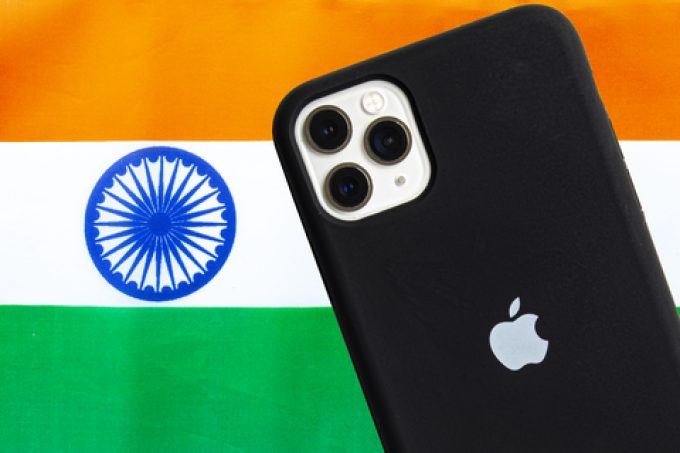Asia Pacific driving an express market set to keep delivering healthy growth
The global parcel delivery market has boasted steady growth since 2020, with Asia the largest ...
XPO: TOP PICKDHL: HIT HARDWMT: NEW CHINESE TIESKNIN: NEW LOWS TSLA: EUPHORIAXPO: RECORDTFII: PAYOUT UPDATER: TOP MANAGEMENT UPDATEHON: BREAK-UPF: BEARISH VIEWHLAG: NEW ENTRYAAPL: LOOKING FOR CONSENSUS DSV: PROPOSED BOARD CHANGESDSV: GO GREENCHRW: BEARS VS BULLS
XPO: TOP PICKDHL: HIT HARDWMT: NEW CHINESE TIESKNIN: NEW LOWS TSLA: EUPHORIAXPO: RECORDTFII: PAYOUT UPDATER: TOP MANAGEMENT UPDATEHON: BREAK-UPF: BEARISH VIEWHLAG: NEW ENTRYAAPL: LOOKING FOR CONSENSUS DSV: PROPOSED BOARD CHANGESDSV: GO GREENCHRW: BEARS VS BULLS

Amid the “violent” changing structure of global trade, India is showcasing as an attractive alternative to China, according to Transport Intelligence (Ti).
A recent Bloomberg article reports that this year US tech giant Apple is set to make its most expensive iPhone Pro and Pro Max models in India for the first time – the company is already relying on India for 14% of its production.
The article says Apple sub-contractor Foxconn has “already begun training thousands of workers at its factory in southern Tamil Nadu state”.
Historically, Apple has been notable for its reliance on China for both sourcing of components and product assembly. But according to Ti, it is unclear how reliant Apple is on Chinese component suppliers to support its assembly operations in India.
Ti analyst Thomas Cullen commented: “Certainly, the shift to Indian production by the American company has been remarkably rapid.”
He highlighted the “unusual degree” to which Apple had shifted production, and noted that its non-Chinese competitors had “much preferred South-east Asia for mobile phone assembly – Vietnam in particular”.
Indeed, Mr Cullen told The Loadstar, India was “not the frontrunner” in China-plus-one strategies, but rather emerged as ‘a potential’, having previously been regarded as ‘not very attractive’.
“India had real problems with ports and roads, things such as internal borders, but also a workforce that was not perceived to have the right skills,” he explained.
But he said that, over the past few years, logistics infrastructure in India had “made real progress”, with the level of demand growth likely to support continuing investment.
Airfreight providers in India have begun to enhance their freight capabilities, with IndiGo introducing new freighter aircraft and AirIndia being restructured, while there has been investment into Mundra Port and several 100,000 km of new highway a year.
Listen to this clip about why shippers see ports as a vital referee in the fair management of data – Stefan Krattiger, Business Development Leader Global Ports, Supply Chain Operations , IKEA Supply AG, speaking to host Mike King:
“South-east Asia still seems to have big advantages over India, however, the experience of Apple does appear to strongly confirm that… as the world violently restructures its supply chains away from China, India is likely to be an attractive alternative production location,” concluded Mr Cullen.
Comment on this article